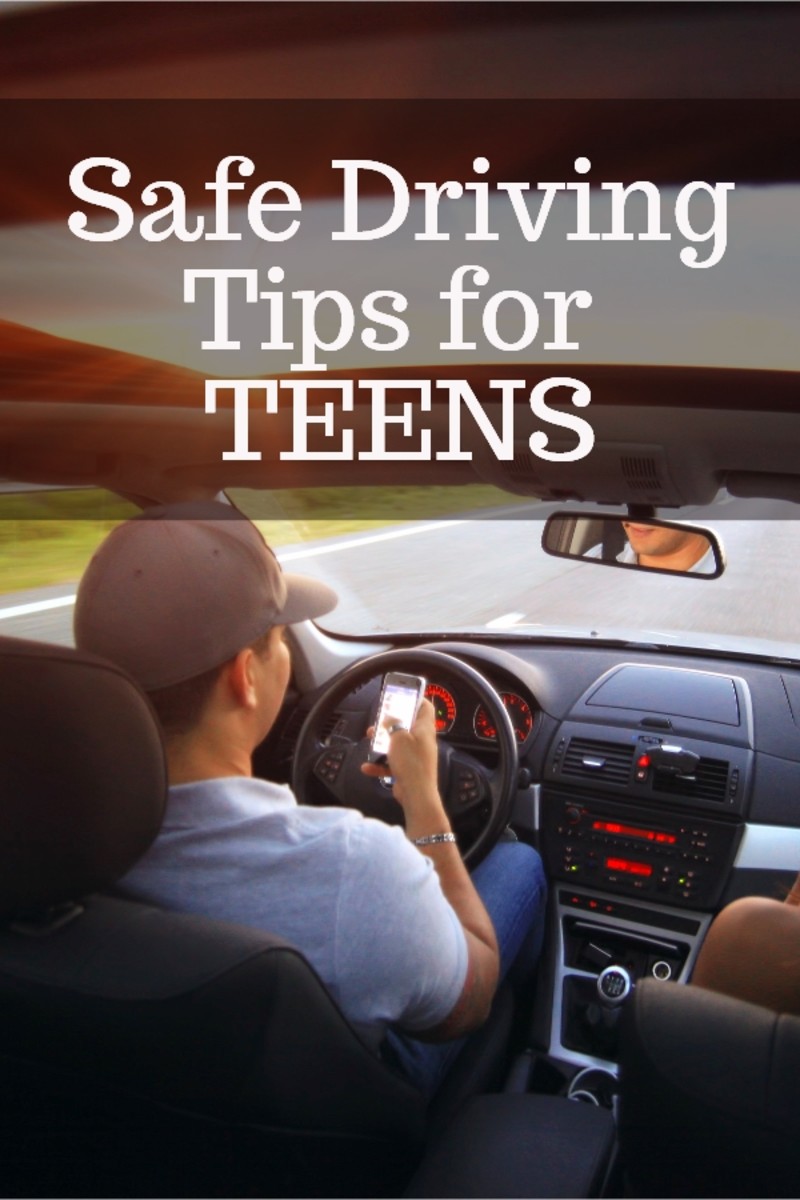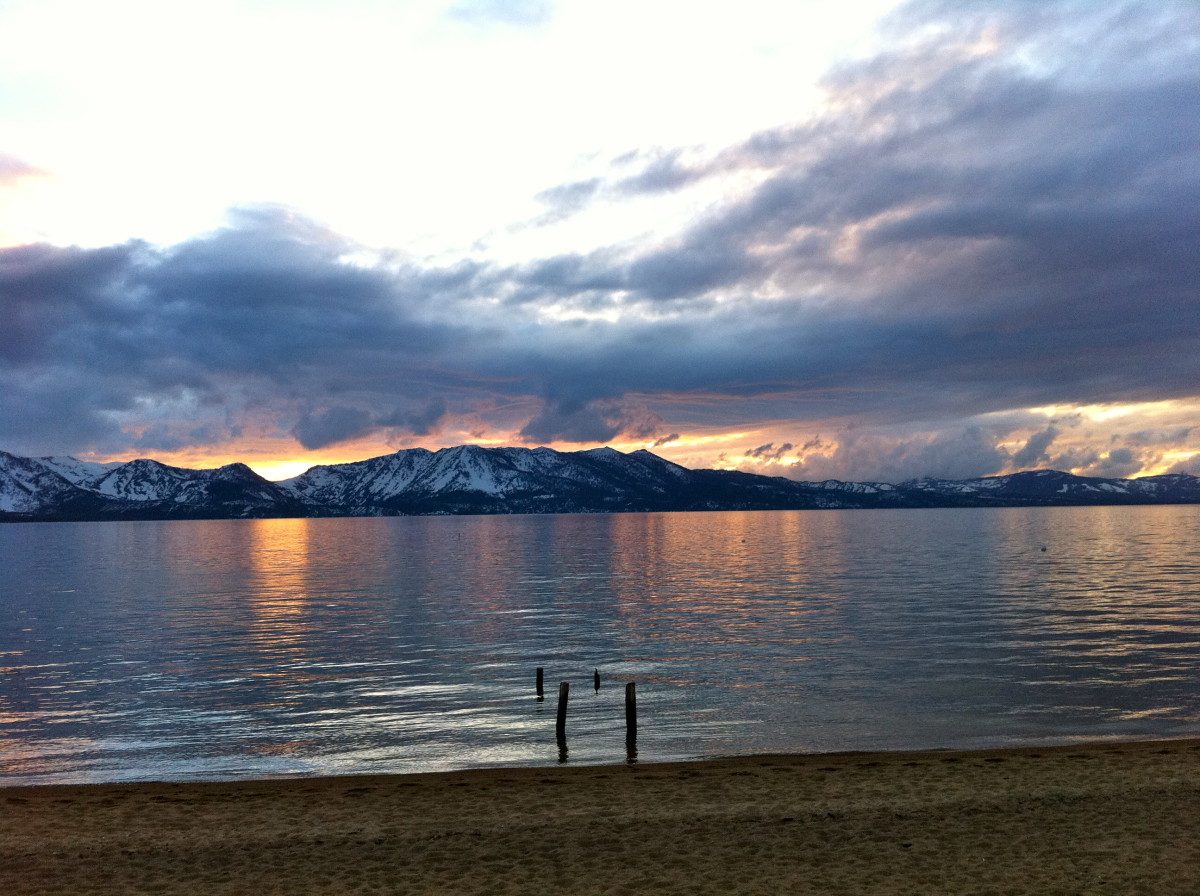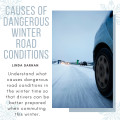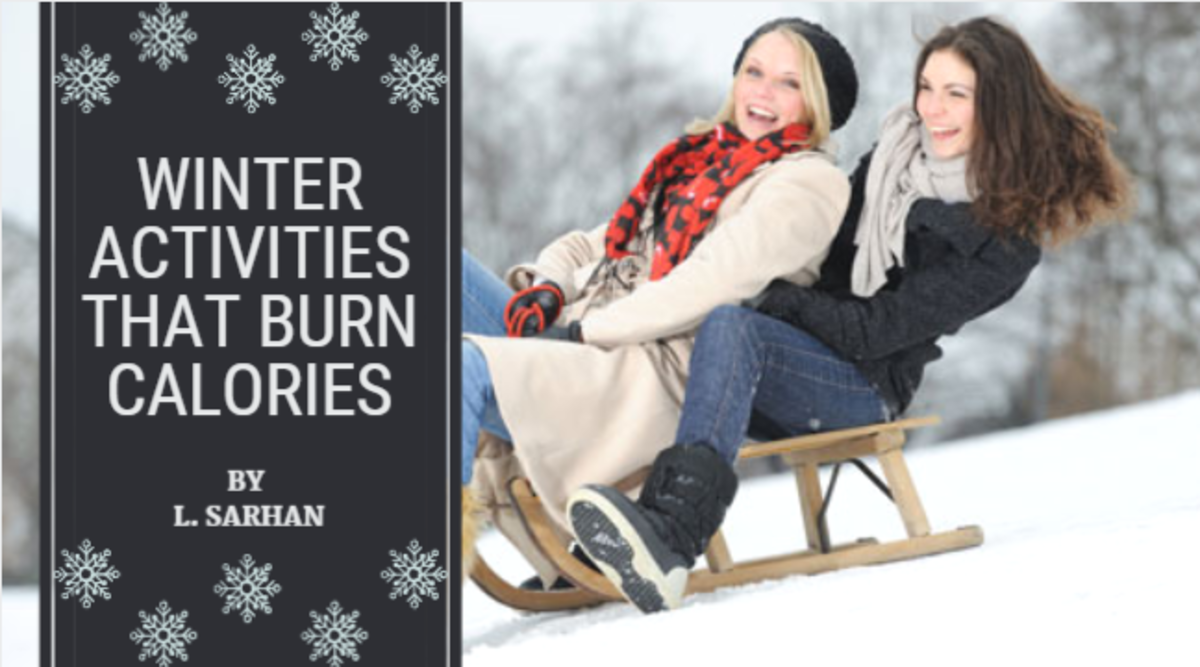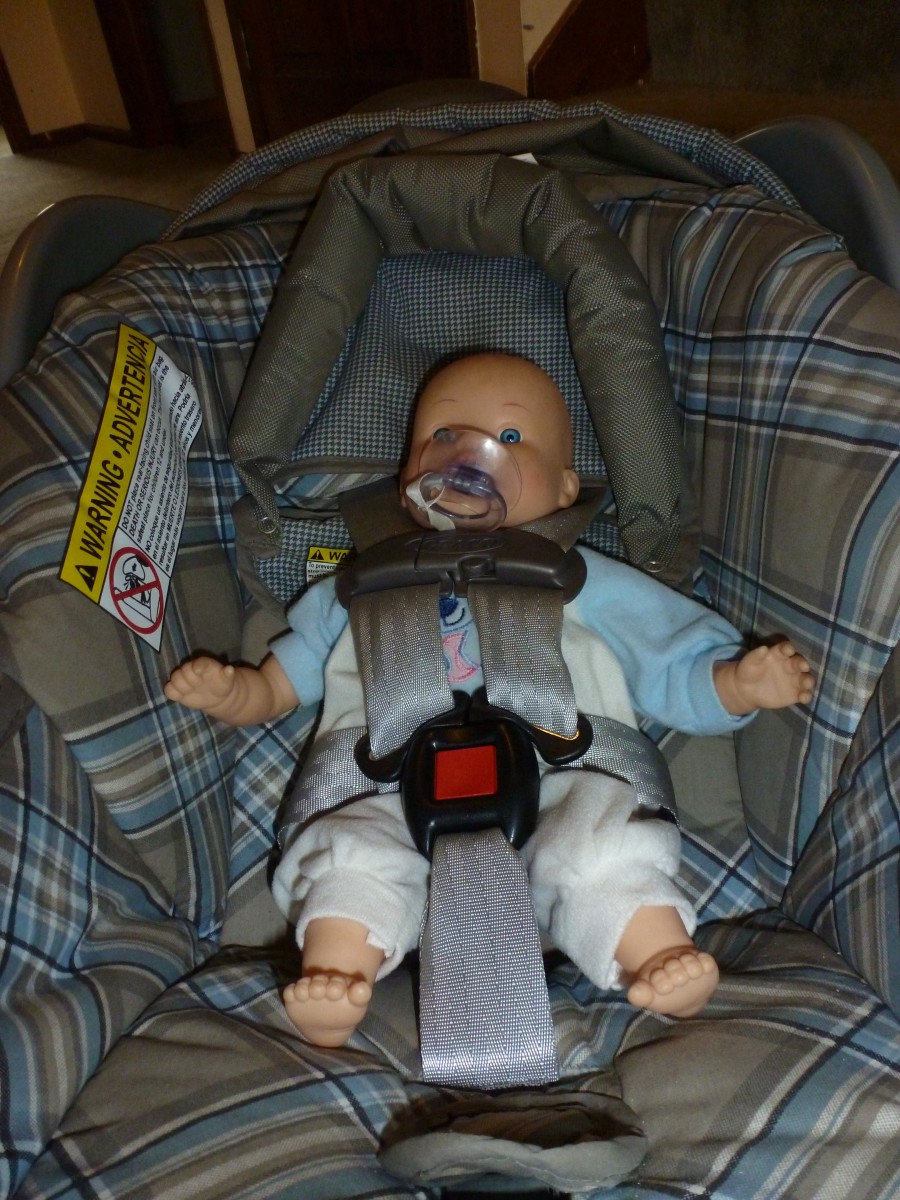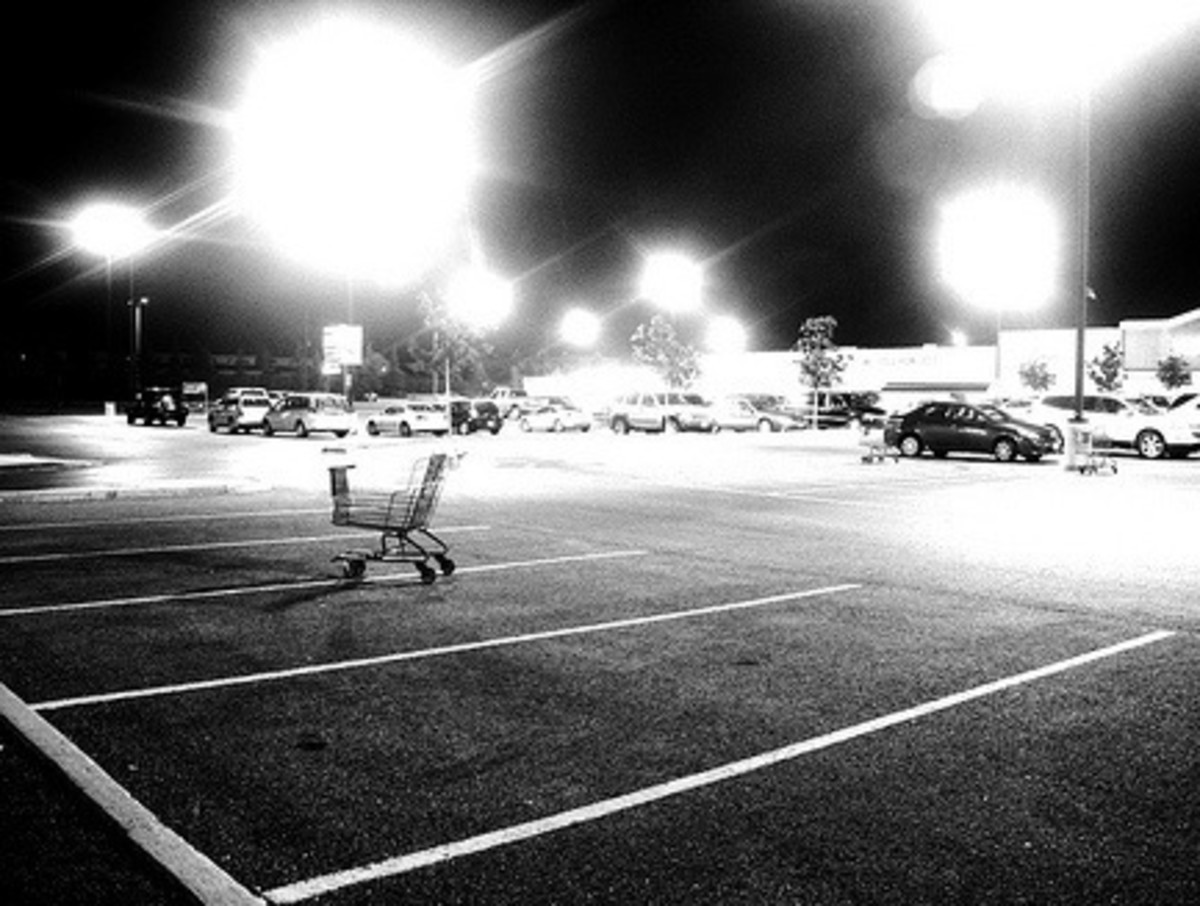7 Tips For Safe Driving In The Winter
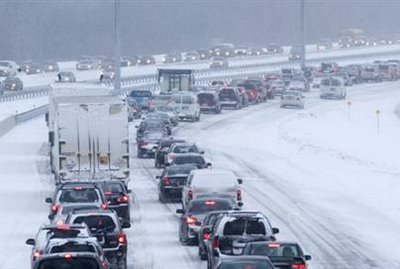
The season of winter can be met with either rejoicing or hate. Love it or hate it though, in some areas of the world, we face the task of driving in the snow. At first glance this may seem simple, however the facts can’t be ignored. Accidents have been shown to increase during the winter season even with the ability to prevent some of them from happening.
As each winter varies, it is still important to keep in mind safe driving habits. By following some these easy reminders, it could save a lot of trouble and possibly a life. Here are seven tips to remember when it comes to driving during the winter season. As annoying as it can be, it's still important to follow if possible.
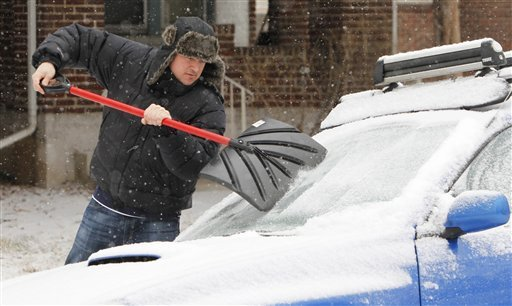
1. Don't Skip On Clearing Off Your Windshield
It’s always easier when ice has formed on our windshield to clear a little area to see out of. However, it is important to make sure we have cleared off snow and ice from the entire windshield. In addition, our outside mirrors, side and back windows should also be cleaned off. If you don’t like scrapping ice off your car, there is the option of allowing your car to warm up, hence melting the snow and ice, if you have time. The extra effort spent could mean the difference of avoiding an accident by increasing your visibility.
2. Decrease Your Speed And Leave Plenty Of Room To Stop
This should go without saying, but unfortunately many don’t heed this warning. You should allow at least three times more space than usual between you and the car in front of you. With snow comes slick spots, so the more space you leave, the more likely you’re to prevent from crashing into the vehicle in front of you.
3. Avoid Hard Braking Which Can Cause Skidding
When you decrease your speed and leave enough room, hard braking could most likely be avoided. However, if your wheels start to lock up, ease off the brake. Also, by giving yourself plenty of space in between the car in front of you, you'll possibly avoid the chance of needing to brake hard too.
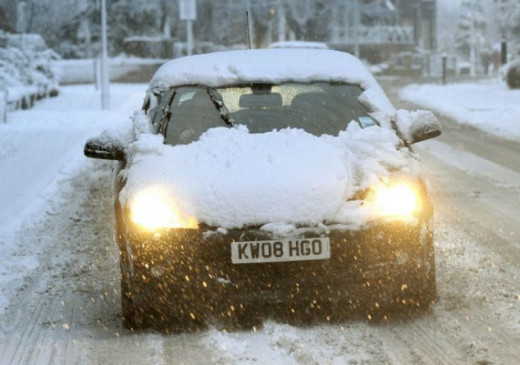
4. Turn On Your Lights
Most states require some kind of fog lights in rain or snow weather anyway, but turning on your lights when it’s snowing is still a good tip. This will increase your visibility to other motorists. Whether it's in the snow or rain, it's a good idea to get in the habit of turning your lights on when you start your car.
5. Don't Use Cruise Control
Some may see the advantage of using cruise control in bad road conditions. However, this is one of the worst things you can do. Many accidents have resulted from ones using this setting. If a car hits an icy area of road with the cruise control on, there’s the possible scenario of hydroplaning, causing the car to increase it’s speed. At that point, you have little to no control of the car. This also applies to when it rains.
6. Be More Cautious On Bridges, Overpasses And Infrequently Traveled Roads
Reason being these typically will freeze first. Even at temperatures above freezing, if the conditions are only wet, you may have icy areas or on exposed roadways like bridges. Be sure to take your time and not speed through these areas. In addition, some roads have less visability around turns.
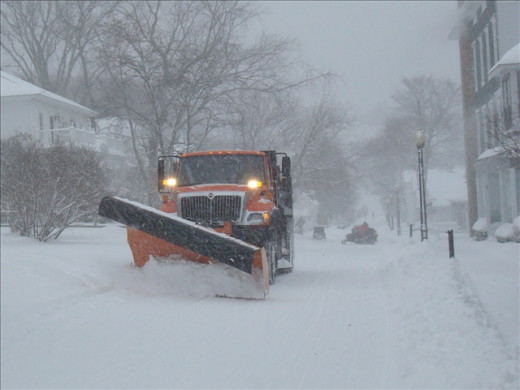
7. Don't Pass Snow Plows or Salt Trucks
As tempting as it can be, this is not the best idea. The drivers have limited visibility, and you're likely to find the road in front of them worse than the road behind them. In addition, you’re putting yourself and others on the road at risk. Keep in mind the first tip in leaving enough space between you and snowplow or salt truck.
You Can Be Successful In Driving Safe During The Winter Season
In the event snow conditions are extreme, it’s best to stay off the road all together if possible. Be sure to check the weather before leaving to see if there has been a snow level emergency issued. Allowing enough time to reach your destination is also important. Sticking to the mindset of “driving for others” will allow you to be alert while driving too. In the end it’s vital that we prevent all distractions from getting in the way of driving. Texting, talking on the phone, and eating and drinking are a few basic activities we should also steer clear of (no pun intended).
Of course not all accidents can be avoided, but by following these guidelines, we can be safe and evade most causes of accidents. As much as it is a pain to drive in the snow, we can still maintain safe driving habits. Also, we can look forward to spring when snow is not likely to happen. Of course if you’re in Alaska that’s a different story though. Hopefully these tips will aid you in having a safe winter driving season.

